The History of FPV Drones: From Inception to Present
FPV drones (First-Person View) are unmanned aerial vehicles controlled by a pilot in real-time through a camera that streams video to goggles, a screen, or a smartphone. This technology has significantly transformed the drone world, allowing for precise control and an immersive flight experience, while also opening new horizons for racing, filming, and even search-and-rescue operations.
Origins and Early Attempts (2000s)
FPV technology initially served military purposes, enabling remote control of unmanned aerial vehicles. In the 2000s, amateur enthusiasts began experimenting with analog video transmitters to send images from a drone’s camera to goggles or screens, giving pilots an "on-board" view. Despite its simplicity, this technology offered a thrilling flight experience, providing the foundation for future advancements. Early FPV drones lacked speed and maneuverability, but they laid the groundwork for future innovation.
The Rise of Drone Racing (Mid-2010s)
By the mid-2010s, FPV drones began to be used in racing, turning the hobby into an official sport. The emergence of high-speed drones and advancements in control technology enabled more agile, high-speed maneuvers. Racing gained popularity among amateurs and professionals alike, leading to the creation of leagues like the Drone Racing League (DRL) and MultiGP. Drone racing became not only a spectator sport but also an industry that fostered innovations in battery life, cameras, and control systems.
Impact of FPV Drones on Filming and Cinematography
FPV drones have had a significant impact on the filming and cinematography industries. With drones controlled from a first-person perspective, operators can capture scenes previously inaccessible to traditional cameras. FPV footage appears dynamic, allowing easy changes in altitude, speed, and direction, creating breathtaking visuals. Cinematic FPV drones became popular in advertising, music videos, and even film production, enabling unique, smooth, and expressive shots, especially in action scenes.
Technical Advances and Recent Developments
With growing demand for drones in filming and racing, engineers have focused on refining controllers, improving cameras, and enhancing batteries. New FPV drone models are equipped with high-speed cameras with high resolution and stabilization, ensuring pilots receive clear, steady images even during high-speed or complex maneuvers. Meanwhile, reductions in component size and weight have made FPV drones more compact and agile, essential for high-speed racing.
Present and Future of FPV Drones
Today, FPV drones are tools used across various industries, from entertainment and advertising to professional racing and rescue missions. Modern drones can operate in challenging environments, and specialized models are designed for hazardous conditions, such as forest fires or disaster zones. Looking ahead, we can expect further advancements in autonomous flight systems, artificial intelligence, and improvements in speed and control accuracy.
FPV drones have come a long way from amateur creations to high-tech devices that have redefined how we perceive and control unmanned aerial vehicles. As FPV drones continue to evolve, they will undoubtedly expand their capabilities into new areas of application.
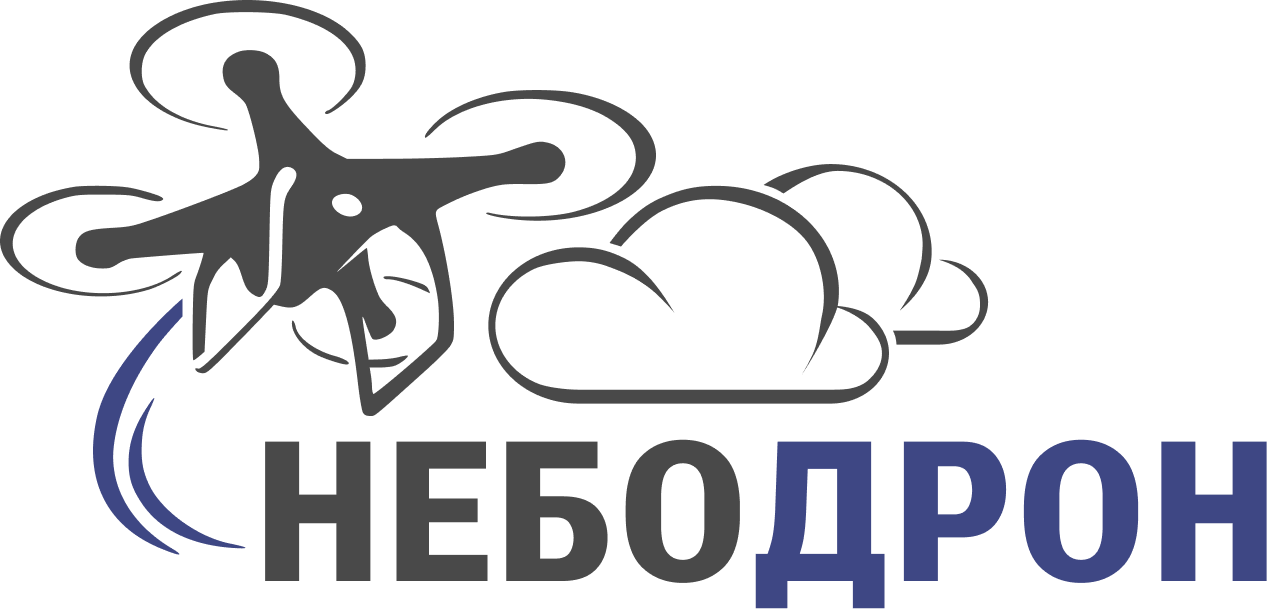
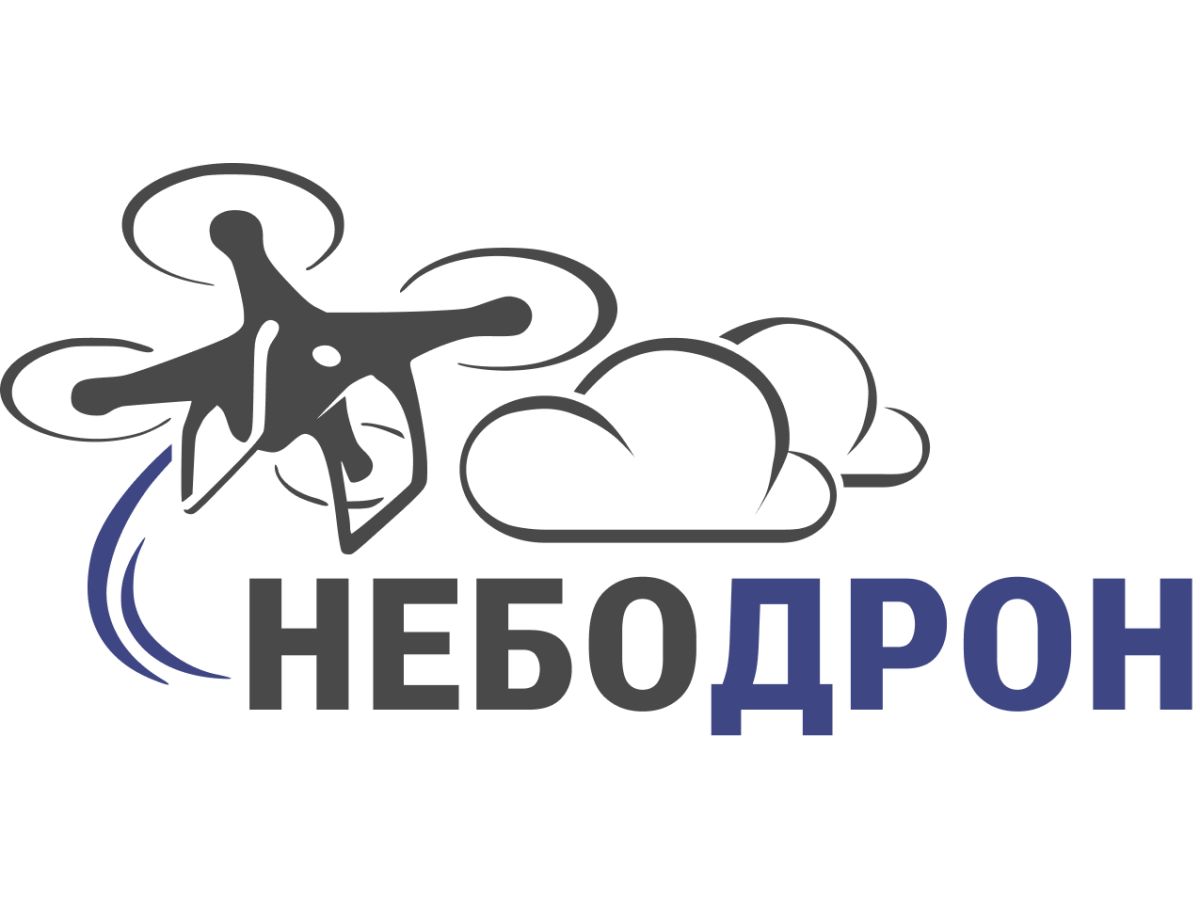
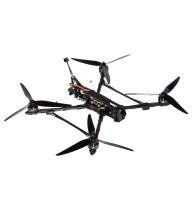
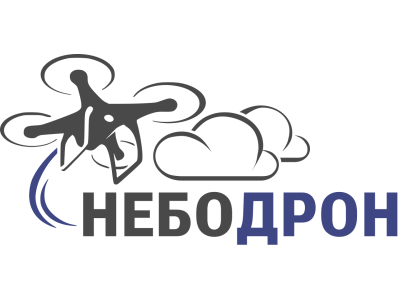
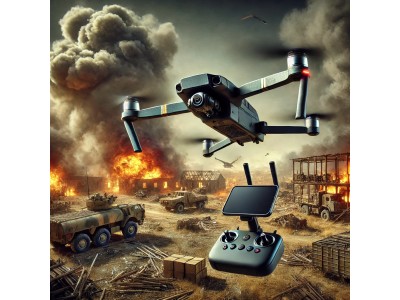
Write a comment